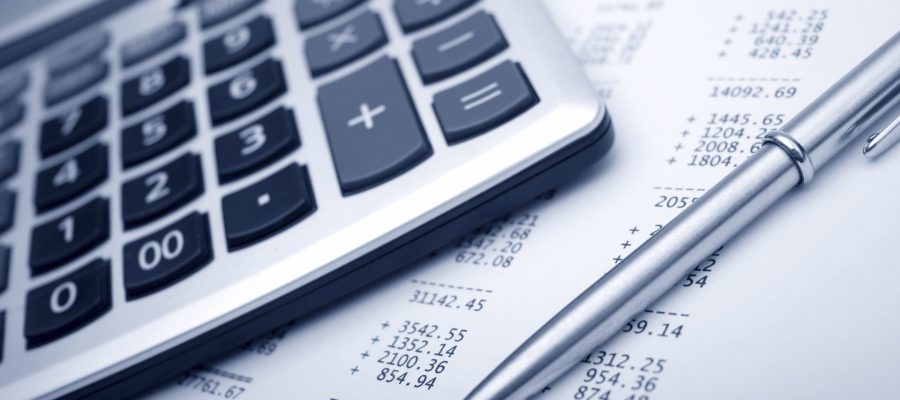Posted at 07:13h
in
Uncategorized
Yes, it’s that time of year again! As the so-called “silly season” gets underway, and with many employers reverting to pre-pandemic norms around meal entertainment, it is the perfect time to consider what benefits your business is going to provide to staff and how, with a little planning, employers might be able to avoid an FBT hangover.
During this time of the year, in addition to the typical end-of-year party, we generally see a marked increase in expenditure across meal and recreational entertainment, as well as gifts.
Meal entertainment
Employers must choose how they calculate their FBT meal entertainment liability. Most use either the “50/50” method or the “actual” method.
Using the “50/50” method
Rather than apportioning meal entertainment expenditure based on the proportion received by employees (and their associates) and non-employees (who aren’t associates of employees) and by reference to where food and drink is actually consumed under the actual method, many employers choose to use the simpler “50/50” method. Under this method, irrespective of where the meal entertainment occurs or who attends, 50% of the total expenditure is subject to FBT and 50% is deductible for income tax purposes.
Using the “actual” method
Under the “actual” method, only the entertainment provided to employees and their associates is subject to FBT. In addition, where food and drink are consumed by employees on the employer’s premises, there will be no FBT due to the property exemption -– this takes care of Friday night drinks in the office! But usually, the greatest reduction in FBT when using the actual method will come from the “minor benefits” exemption. Outside of a handful of exceptions, where a benefit with a notional taxable value of less than $300 (including GST) is provided to an employee or an associate, the minor benefits exemption will generally apply to exempt the benefit from FBT.
Usually, employers would save a considerable amount of FBT using the “actual” method; however, they usually don’t have the time to determine precisely who received the benefit in order to apply the exemption.
Recreational entertainment
A common trap is where an employer has an employee who is considered a “frequent entertainer” for meal entertainment purposes and then is automatically considered a frequent entertainer for recreational entertainment, such that the minor benefits exemption doesn’t apply.
Accordingly, we recommend reassessing which employees should be eligible for the minor benefits exemption with respect to recreational entertainment.
Giving gifts
Gifts provided to employees, or their associates, will typically constitute a property fringe benefit and therefore be subject to FBT unless the minor benefits exemption applies.
Gifts, and indeed all benefits associated with the end-of-year function, should be considered separately to the party itself in light of the minor benefits exemption. For example, the cost of gifts such as vouchers, bottles of wine or hampers given at the function should be looked at separately to determine if the minor benefits exemption applies.
Gifts provided to clients are outside of the FBT rules, but may be deductible if they are being made for the purposes of producing future assessable income.

